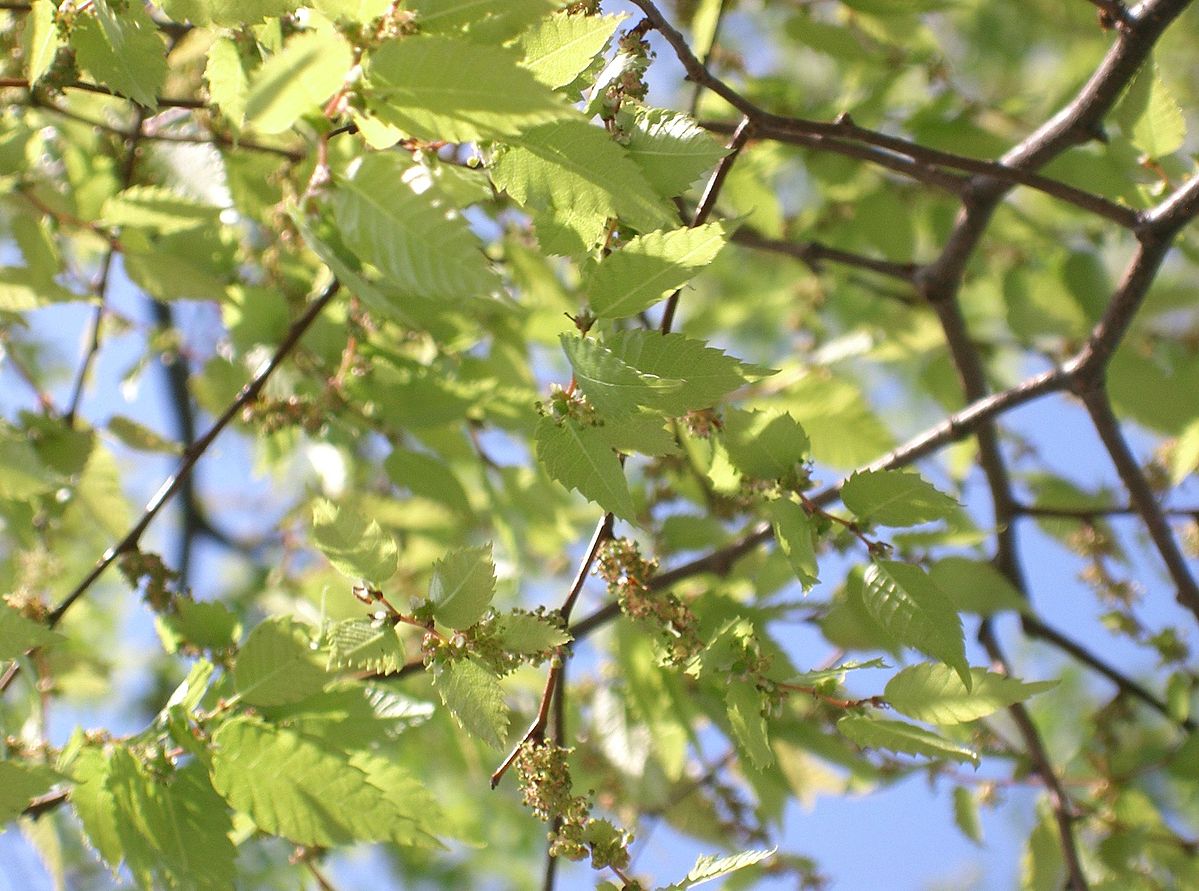
Quick Facts
- Plant Type: Pyramidal, becoming oval or rounded with age
- Foliage type: Deciduous
- Tree height: 40 to 70 feet
- Tree width/spread: 40 to 70 feet (larger in the wild)
- Hardiness: USDA Zones 5 to 8
- Flower Color: Insignificant
- Sun/light exposure: Full sun
- Water requirements: Drought tolerant
- Seasonal Interest: Attractive year-around
English (or Pendunculate) Oak (Quercus robur)
Robur comes from the Latin word meaning robust in reference to the strength and durability of the tree. Native to most of Europe, English Oak is widely cultivated in the United States.
A very long-lived tree, English Oaks in Lithuania and Bulgaria are reported to be 1,500 years old. In England, where it is known as the Common Oak, it has assumed the status of a national emblem. Ancient Druids would worship in oak groves and the Yule Log, decorated for Christmas with holly and mistletoe, was traditionally cut from an English Oak. “The Royal Oak” is the third most popular pub name in Britain and has been the name of eight major Royal Navy warships.
For hundreds of years English Oaks have grace the grounds of great European estates. When wealthy American sought to create their own great estates in Newport and other areas along the East Coast, English Oaks were almost always included in the landscape plan. When Frederick Law Olmsted, the Father of American landscape architecture, was laying out the grounds of the Stoneacre estate, now the parking lot for the National Museum of American Illustration, he naturally included English Oaks.
Recently oak wilt disease, caused by a fungus, has become a serious threat to English Oaks. In southern New England, there has been a noticeable decline in English Oaks. In the past few years the Arboretum has lost English Oaks and the remaining are under stress.

